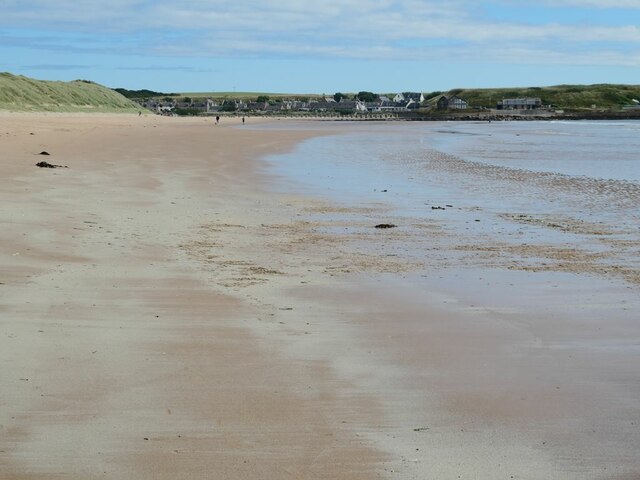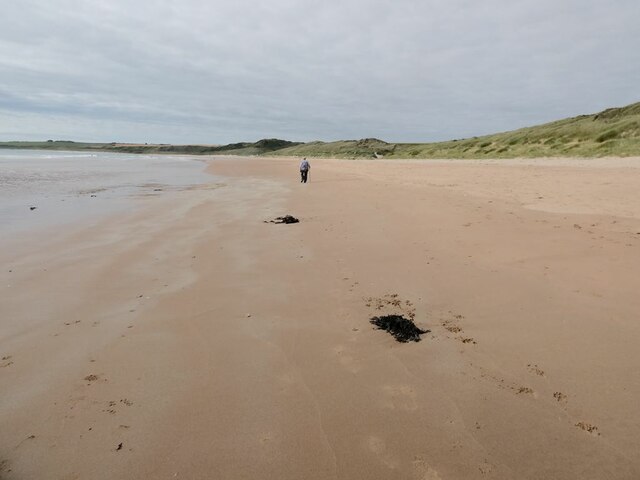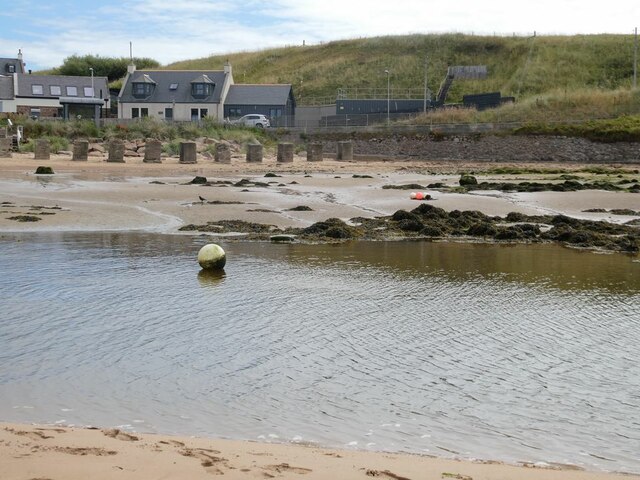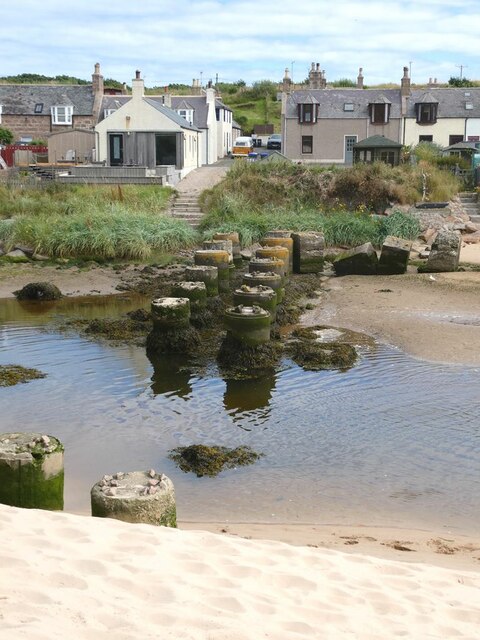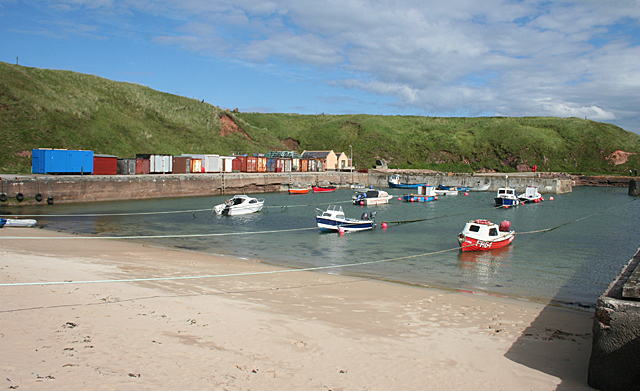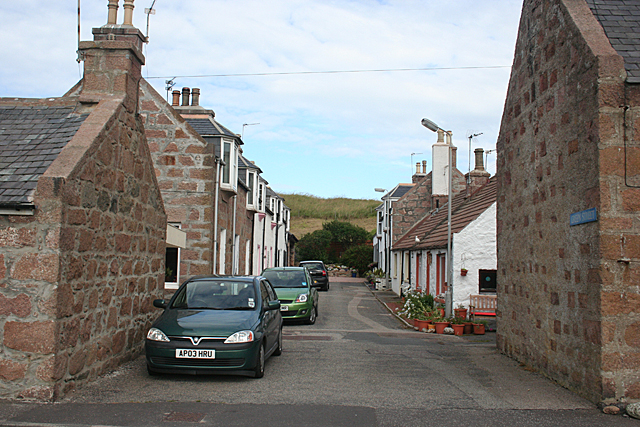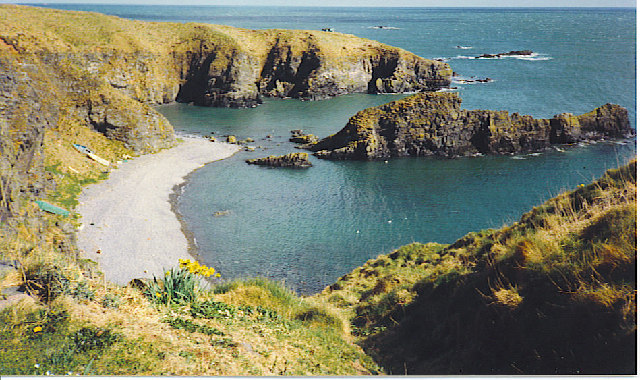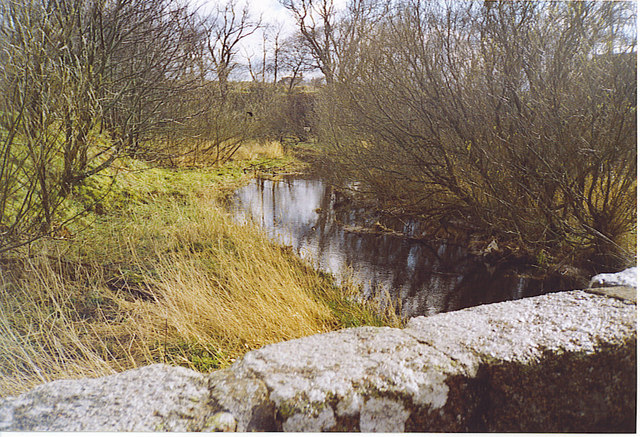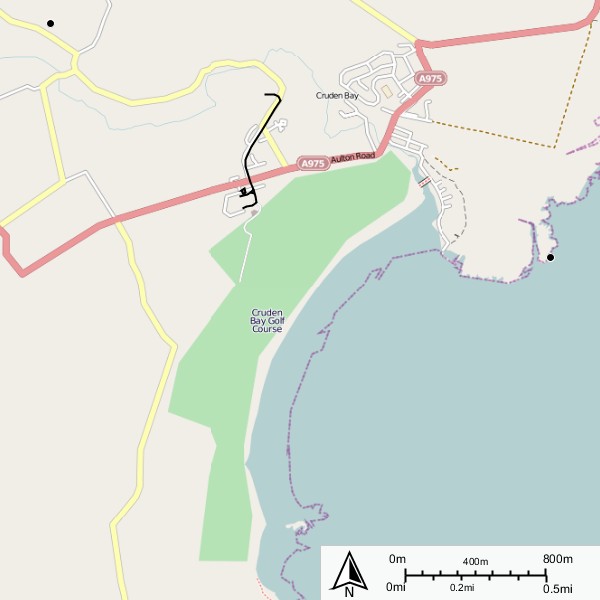Kellock Stone
Coastal Feature, Headland, Point in Aberdeenshire
Scotland
Kellock Stone
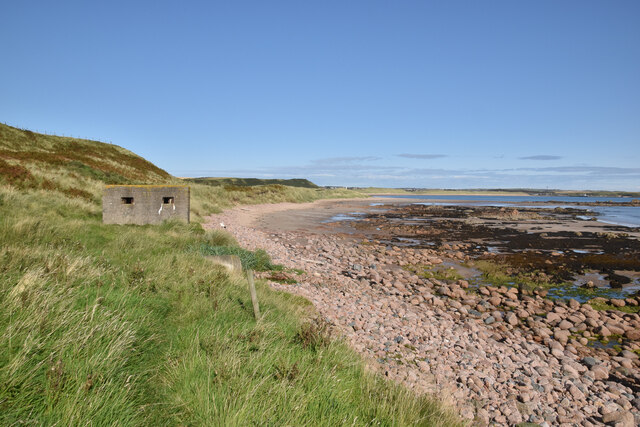
Kellock Stone is a prominent coastal feature located in Aberdeenshire, Scotland. It is a rugged headland that juts out into the North Sea, offering stunning views and a unique geological landscape. Situated near the village of Collieston, Kellock Stone is a popular destination for tourists and locals alike.
The headland is characterized by its towering cliffs, which reach heights of approximately 20 meters. These cliffs are composed of sedimentary rocks, including sandstone and shale, which provide a glimpse into the area's geological history. Fossilized remains of ancient marine life can often be found embedded within the rocks, further adding to the area's appeal for geology enthusiasts.
Kellock Stone is also known for its diverse wildlife. The surrounding coastal waters provide a rich feeding ground for various seabirds, including fulmars, kittiwakes, and guillemots. Visitors can often spot these birds nesting on the cliffs, particularly during the breeding season.
The headland offers several walking trails, allowing visitors to explore the area's natural beauty. These trails provide access to secluded beaches, hidden coves, and breathtaking viewpoints. The rugged terrain and crashing waves create a dramatic and picturesque atmosphere, making Kellock Stone a popular spot for photography enthusiasts.
Overall, Kellock Stone in Aberdeenshire is a captivating coastal feature that offers a unique blend of geological wonders, diverse wildlife, and stunning scenery. Whether you're interested in exploring the area's geological history, observing seabirds in their natural habitat, or simply enjoying a peaceful walk along the cliffs, Kellock Stone has something to offer for everyone.
If you have any feedback on the listing, please let us know in the comments section below.
Kellock Stone Images
Images are sourced within 2km of 57.397597/-1.8572399 or Grid Reference NK0834. Thanks to Geograph Open Source API. All images are credited.
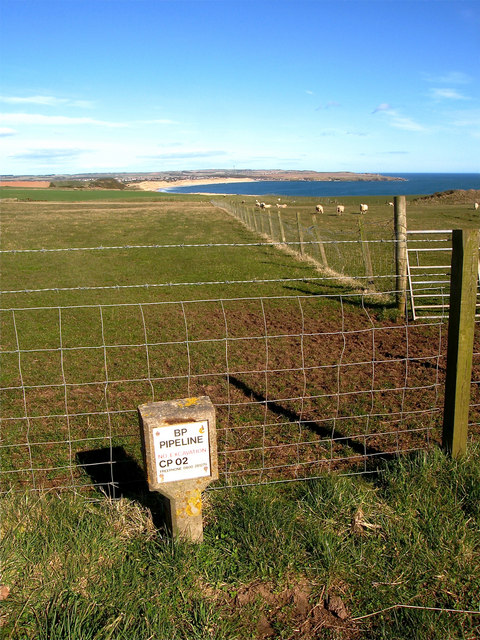



Kellock Stone is located at Grid Ref: NK0834 (Lat: 57.397597, Lng: -1.8572399)
Unitary Authority: Aberdeenshire
Police Authority: North East
What 3 Words
///dignity.ranch.litigate. Near Port Erroll, Aberdeenshire
Nearby Locations
Related Wikis
Whinnyfold
Whinnyfold or Whinneyfold is a small coastal village at the southern end of the Bay of Cruden in Aberdeenshire, Scotland. Whinnyfold (locally pronounced...
Water of Cruden
The Water of Cruden is a short broadly east-flowing river in Buchan in northeast Scotland. Its headwaters streams rise in the countryside north of Ellon...
Cruden Bay Hotel
Cruden Bay Hotel was a hotel in Cruden Bay, Aberdeenshire, Scotland. Following the success of the Palace Hotel in Aberdeen, it was built between 1897 and...
Cruden Bay Hotel Tramway
The Cruden Bay Hotel Tramway operated an electric tramway service between the Cruden Bay Hotel and Cruden Bay railway station between 1899 and 1940....
Nearby Amenities
Located within 500m of 57.397597,-1.8572399Have you been to Kellock Stone?
Leave your review of Kellock Stone below (or comments, questions and feedback).
